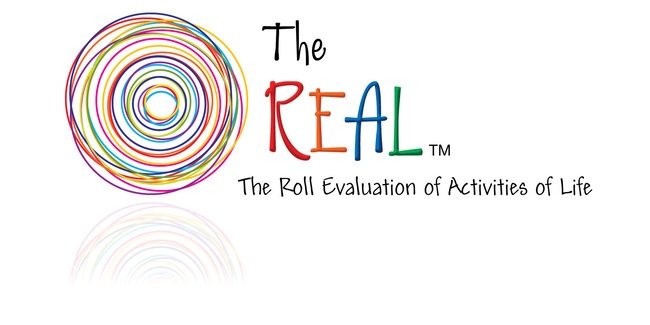Assess children's ability to care for themselves
The REAL: The Roll Evaluation of Activities of Life
Assess children's ability to care for themselvesChoose from our formats
Kits
Starter & complete kits, print & digital
1 option
Test forms & reports
Booklets, record forms, answer sheets, report usages & subscriptions
1 option
Support materials
Manuals, stimulus books, replacement items & other materials
1 option
All products
All tests and materials offered for The REAL: The Roll Evaluation of Activities of Life
3 options
Overview
Product Details
- Publication date:
- 2013
- Completion time:
- 15 to 20 minutes
- Administration:
- Paper-and-pencil
- Age range:
- 2 years to 18 years 11 months
- Qualification level:
- B